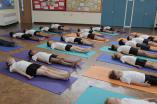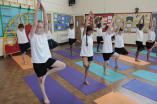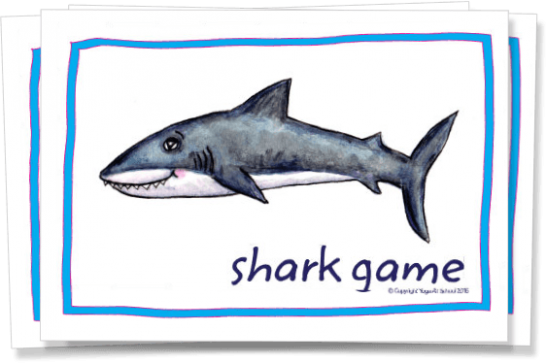Wendy Teasdill's Review of Yoga for Children & Young with Autism


Yoga for Children and Young People with Autism by Michael Chissick. Illustrated by Sarah Peacock
Jessica Kingsley Publishers (2019)
This is a really useful book for those teaching yoga to children anywhere on the autistic spectrum. In simple language, printed in a very clear, readable font, Michael presents a background to autism and gives clear strategies as to how to address the difficulties children might face.
Michael explains aspects of autism in a straight-forward, user-friendly manner: sensory needs, for example, are addressed by clarifying what is meant by dysfunction in the vestibular and proprioceptive systems. This in turn can lead to hyper or hypo sensitivity. As a result, these children may swing to extremes of behaviour that our education system is not geared up to deal with. A hyper-sensitive child may be reluctant to move; a hypo-sensitive child may become hyper-active and unable to stop moving. We are probably all familiar with these conditions, but maybe never had an explanation before.
Michael introduces phrases such as `gravitational insecurity' i.e. not wanting to have the feet off the ground and the ways in which these conditions negatively impact on the children. After this we are given solutions in the case of gravitational insecurity there would be a gradual introduction to inversions, for example, accompanied by counting to ten.
I have seen Michael teaching children. He holds the space with incredible gravitas and attention, and these qualities are reinforced in the book. Structure and consistency are his two watchwords, containing the practices within a framework, which is open to development but never to transgression. He divides children into three groups: Maple (complex needs), Oak (more social interaction) and Willow (more challenging behaviour) while stressing that any of the children could fall into any of the categories at any time. Sensory processing problems may send them roaming around the room, but the good news is that Michael has devised a number of games which engage their attention, reinforce their psychomotor function, increase self-confidence, giving them a sense of achievement and, most of all, allowing them to have fun in a safe environment. The games have short, snappy names such as `Umbrella ', `Shark', `Circles, `Banana', `Sneaky Trees' and `Don't be Sad.
The games never get out of hand: they are structured and consistent, encouraging the development of social skills such as self-control, decision-making, listening, taking turns and engaging in teamwork. Postures themselves have names, which are relevant and easy-to-remember: Candle, Dragon, Frog, Stick. The names do stick, and I still borrow from Michael the term `Twisty Lunge' for my adult classes. It's not included in this book as it's a bit tricky for some, but my appropriation is an indication of how these short names remain in the memory. Songs and appropriate relaxation techniques complete the circle.
As well as clear explanations and guidelines for how to deliver a yoga class to children with autism, there are teaching tips throughout the book, backed up by short anecdotes.
Resources such as posture cards, game cards and songs are offered including an intriguing training video in which Michael is represented in cartoon form. The book is beautifully illustrated throughout by Sarah Peacock. Even if you have no intention of teaching yoga to children with autism I do recommend this book as the roots run deep and the lessons spread outwards like the leaves of the maple, oak and willow. It's a delight.
Wendy Teasdill - Teacher Trainer for British Wheel of Yoga (BWY)
(Source: Spectrum Magazine Summer 2019. Spectrum is the official magazine of the British Wheel of Yoga)







